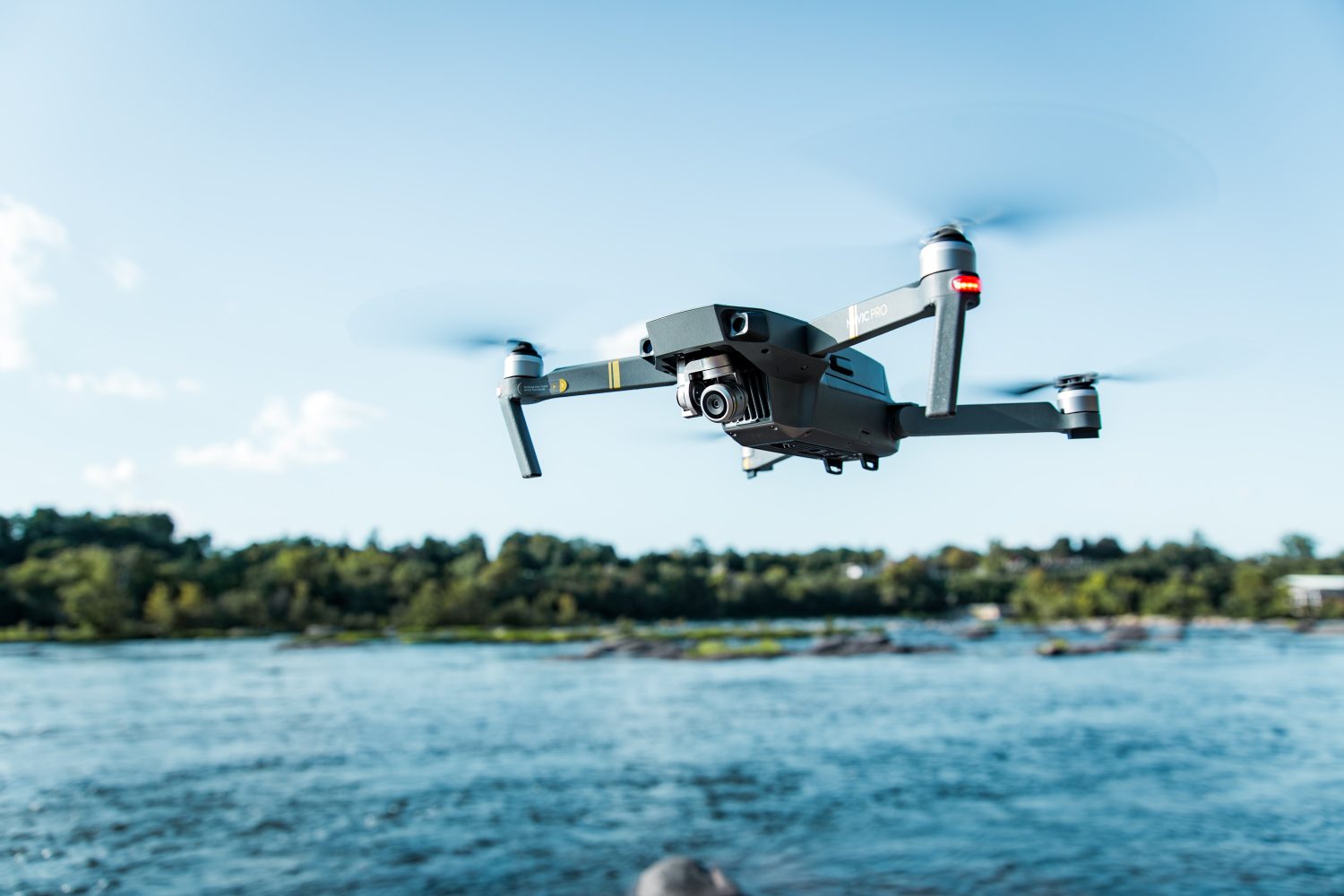
It admittedly isn’t the kind of invention marking a radical departure from its previous drone-related innovations, but a recently published US patent application by the Ford Motor Co. does offer additional evidence the automotive giant is intent on integrating UAVs into its future cars and trucks.
Given its earlier filings describing concepts for gear permitting drones to perform wide-ranging services – including accessing and jump-starting cars with flat batteries – Ford’s patent submission for a moonroof accessory allowing UAVs to take off and land from the tops of cars and trucks isn’t the stuff of science fiction fantasies.
Unless, of course, you happen to be someone yearning for a company to make your dreams of staging missions from atop a moving vehicle come true – at least in copyrighted theory.
Because as the ever vigilant Ford Authority blog reported – and the US Patent Office June 8th publication of application 17/544535 indicates – the Detroit auto company is at work on a system that would permit drivers doubling as drone operators to both lift off and land their UAVs from the tops of moonroof-equipped cars and trucks while either parked or on the move.
Read: Ford plans last-mile delivery drones docking in cargo trucks
Perhaps just as significant in racking up neato points, the contraption is also being conceived to let people inside – presumably passengers, rather than drivers – insert or retrieve their drones from within the vehicle rather than having to do so from above, further facilitating flights without stopping.
Just try and deny that wouldn’t find a bustling market of road rats already dying for the chance to capture Youtube-able drone video of trips without having to even pull over.
How would it work? In the interest of clarity (and labor aversion), we’ll let the Ford patent for the drone dock explain.
The moonroof accessory panel may be a structure that may be removably attached to a moonroof area of a vehicle. The moonroof accessory panel may be used to hold a drone associated with the vehicle such that the drone may take-off from and land on the moonroof accessory panel. The top of the moonroof accessory panel may also be accessible from the cabin of the vehicle such that a user may place the drone on top of the moonroof accessory panel while inside the cabin. The moonroof accessory panel may also be used for other purposes beyond holding drones as well.
It’s feasible professional providers of mapping, surveying, or infrastructure inspection services might use the removable moonroof accessory to work from reclining positions inside their Ford vehicles. But the patent foresees the platform option mostly being used by everyday drivers to send their drone out as an advance data scouts. For example:
The drone may identify a traffic accident a mile ahead of the vehicle, relay this information back to the vehicle, and the vehicle may then re-route itself to avoid the accident. The drone may also be used to assist the vehicle in any other manner as well.
Read: Ford patent depicts drones jump-starting cars with flat batteries
Not as easy as the many smartphone traffic apps available, to be sure, but how many of those will capture social media enthralling images from 100 feet up?
The Ford patent application, of course, describes the drone with full wonky detailed specs. But generally speaking, it’s explained as being a made up of a secured four-sided frame, into which a central docking panel can either be affixed for permanent use, or removed and tucked away when UAV use is not foreseen – which, in the case of an unexpectedly encountered accident, would make it as useful as the proverbially garage-stored spare tire.
Image: Karl Greif/Unsplash
FTC: We use income earning auto affiliate links. More.




Comments